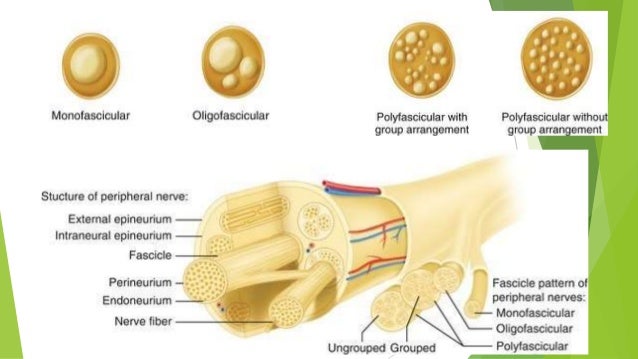

After gastrulation, ectodermal cells differentiate along either epidermal or neural pathways, a process determined by the relative expression of Wnt, Fgf and Bmp signals.

Further proliferation of the cells of the basal layer gives rise to an intermediate layer resulting in a stratified covering, the epidermis ( Fig 25.1 C, D and E). Shortly after neurulation, these ectodermally‐derived cells divide and give rise to a superficial layer of flattened cells, the periderm and an underlying layer of cuboidal cells, the basal layer ( Fig 25.1 B). The epidermis covering the embryo initially consists of a single layer of cuboidal cells resting on a basal lamina ( Fig 25.1A).
#FREE NERVE ENDINGS AND ENCAPSULATED SKIN#
While an appendage in a particular location possesses an intrinsic cellular identity aquired at a definitive point in its development, its regional identity is retained in adult skin despite constant cell turnover. When regional identity of the appendages has been established, these structures continue to develop autonomously, independent of the signals which determined their anatomical location. Experiments in avian species indicate that the anatomical information which subsequently determines appendage identity, such as feathers and scales, is dependent on signalling from the dermis and ultimately determines the fate of the overlying epidermis. Regional variation in the expression of the Hox and T‐box (TBX) transcription factors are recognised as having a major role in specifying the location of ectodermal appendages.Įpithelial–mesenchymal interactions determine region‐specific appendage identity, a feature which is important in all aspects of ectodermal appendage development. Specification of these derivatives is determined by multiple signalling factors which act in a combinatorial manner. A number of appendages, including hair, sweat glands, feathers and scales develop from ectoderm. The skin consists of two layers: a superficial layer, the epidermis, which is derived from ectoderm, and a deeper layer, the dermis, which develops from mesenchyme. In addition, it has a role in body temperature regulation, reception of external sensory stimuli, secretion, immune responses, vitamin D synthesis and body surface pigmentation. The skin, the body’s external covering and largest organ, is a complex structure which functions as a protective layer against physical, mechanical, chemical and biological injury. Although the mammary gland is a modified skin gland, its development is included in association with the female reproductive system in Chapter 21. The integumentary system comprises the skin, hair, skin glands, hooves, claws, digital pads, horns and feathers.


 0 kommentar(er)
0 kommentar(er)
